
What type of climbing flowers to adopt?
What type of climbing flowers to adopt?
Do you want to change your landscape and have more plants in your garden? One of the most used solutions is to choose climbing plants and let them evolve along barriers and fences or against the wall. These plants are real tightrope walkers. Here is a selection of the most aesthetically pleasing and easy-to-care climbing plants, as well as tips and tricks to help them climb even higher.
Clematis of the mountains
Mountain clematis or Clematis Montana is a plant that usually blooms in the shade. Belonging to the Ranunculaceae family, it is of Asian origin and more particularly Chinese. Combine fast-growing Clematis Montana with evergreen ivy for walls that don't get much sun. Pruning them after flowering, which usually takes place in May, avoids bare areas and often gives rise to a second flowering. These plants can reach a height of 4 m.
The Glycine
Wisteria is a plant that gains several meters very quickly and easily. It comes in long, short or full clusters, blue, white or pink in color. Some varieties have flower clusters half a meter long. It is the ideal plant to cover an arbor. If you get them, buy them in buds or flowers. Once you've mastered the right time to prune them, you can expect abundant flowering each year.
The Climbing Rose
A climbing rose has weak twigs. To promote its growth, guide it against an arc of pink, which you place around the front door or the back door for example. Choose a plant without thorns, for example the Rosa 'Zepherine Drouhin'. The advantage of using it against a wall is that it retains heat for a long time. For many plants, this makes the difference between normal flowering and exuberant flowering. Climbing roses also benefit from the heat, as their scent is more intense with it. If you constantly cut the dead flowers, the roses will continue to bloom until October.
Sweet peas
It is one of the easiest annual climbing plants to succeed. The flowers of Lathyrus, with a sweet scent, are available in white and pastel tones. First soak the seeds in water for a few hours. Then sow them in May in a sunny place. Long blooms require raked and fertilized soil. Lathyrus can easily be hoisted along a fence or fence.
Trumpet climber or Bignonias
A flowering trumpet climbing plant (Campsis radicans) will add a tropical touch to your garden. Brightly colored trumpets are orange, yellow or orange-red. Once planted, they do not require any support. They attach to the concrete wall or fence with adhesive roots. Plant them in a sunny and warm place. Protect them in time from frost and snow.
Tips and tricks for climbing plants
Start by stretching steel wire using wire tensioners at regular intervals against the wall. This can be done both horizontally and vertically. Twist the tendrils along it and cut off the side branches.
Use a scaffolding tube to create a solid structure for heavy climbing plants like wisteria and maintain a distance between the wall and the trellis so that tendrils can rotate around it.
Wooden mesh screens have meshes of about 20 x 20 cm. Use them alternately between closed fence sections, or screw them to a wall or you can also place a climbing plant at each pole of a pergola or veranda. No planting space at each pole? Then choose climbing plants that can grow for miles.
Climbing plants grow enormously in width. A wisteria can reach twelve meters in length, which is why it is perfectly suitable for a pergola. Depending on how quickly you want it to cover it, plant more or less plants over the distance.
Fences, walls or a coconut screen are the right support for these plants.
Climbing plants have tendrils that they use to turn around and find support. A piece of metal mesh (concrete) or wire mesh is therefore ideal.
Leaves that are wet by rain weigh a lot. This weight is suspended from the fence. Make sure the wires, mesh or frame are securely secured with dowels, brackets, bolts or hooks.
To conclude
Always have a pruner and tubular tape or tether tape with a flexible core on hand and put on old clothes to trim the wisteria as the sap of the plant leaves invisible stains that only appear after washing.
Share this content

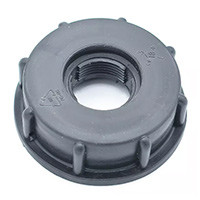
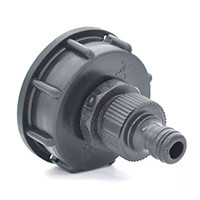

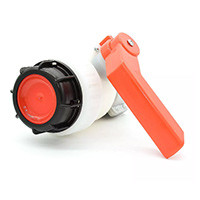

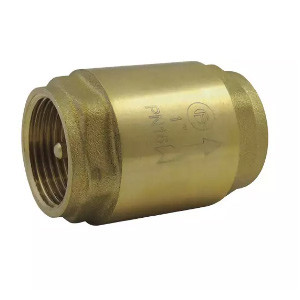
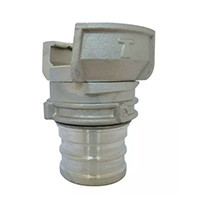
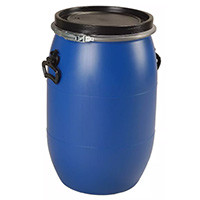
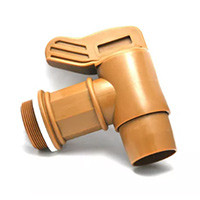
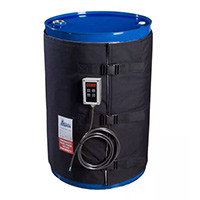


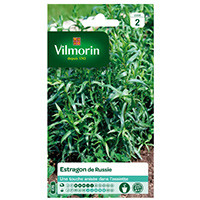

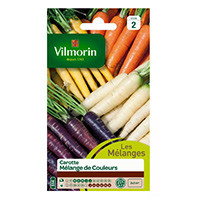



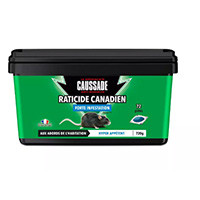

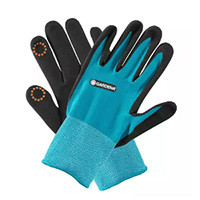
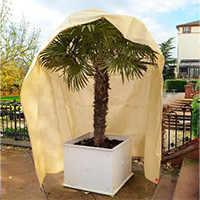
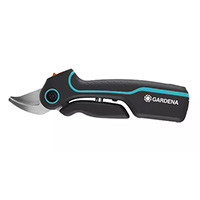

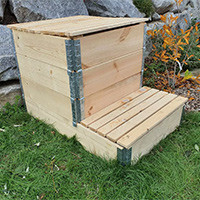
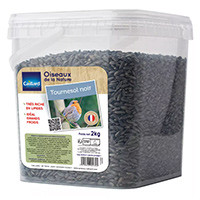
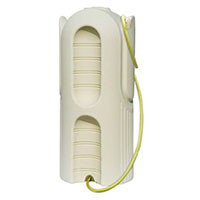
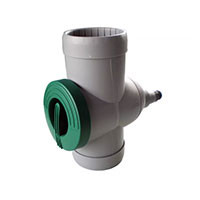
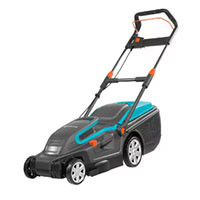
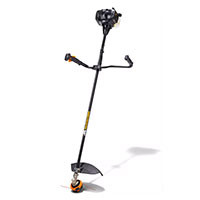
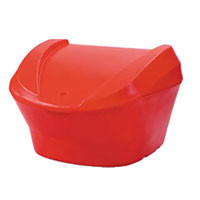
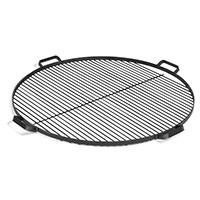
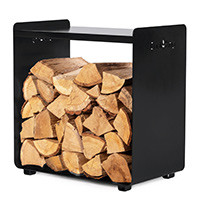
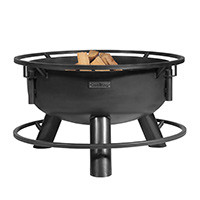
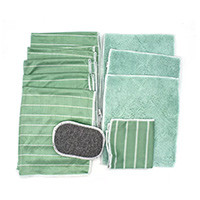
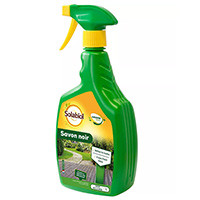

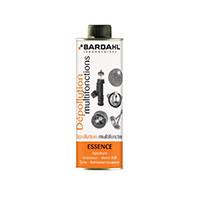



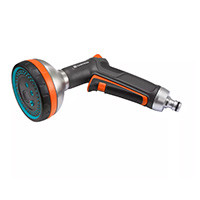
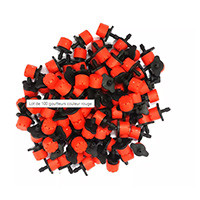

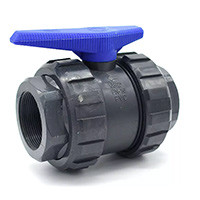
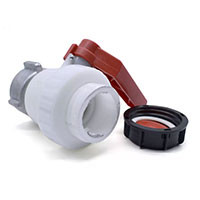
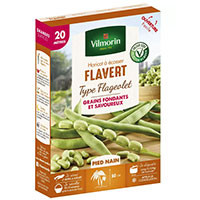
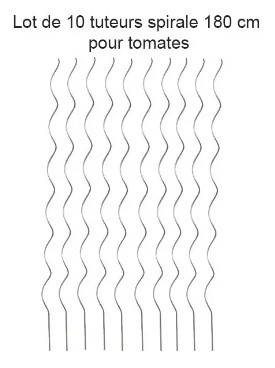
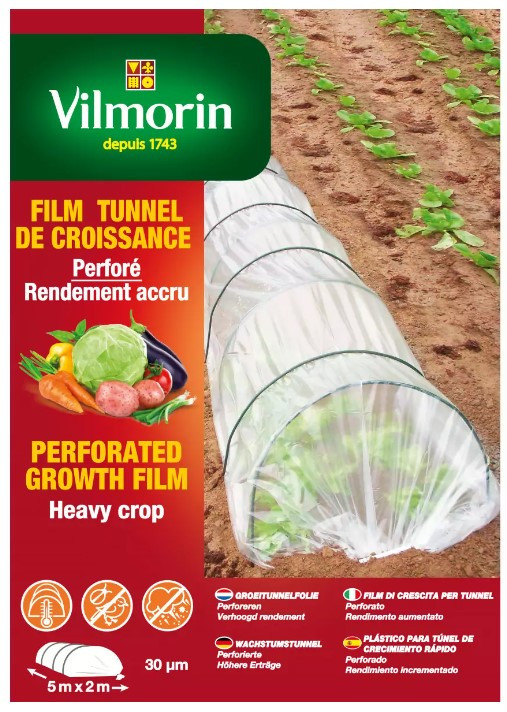
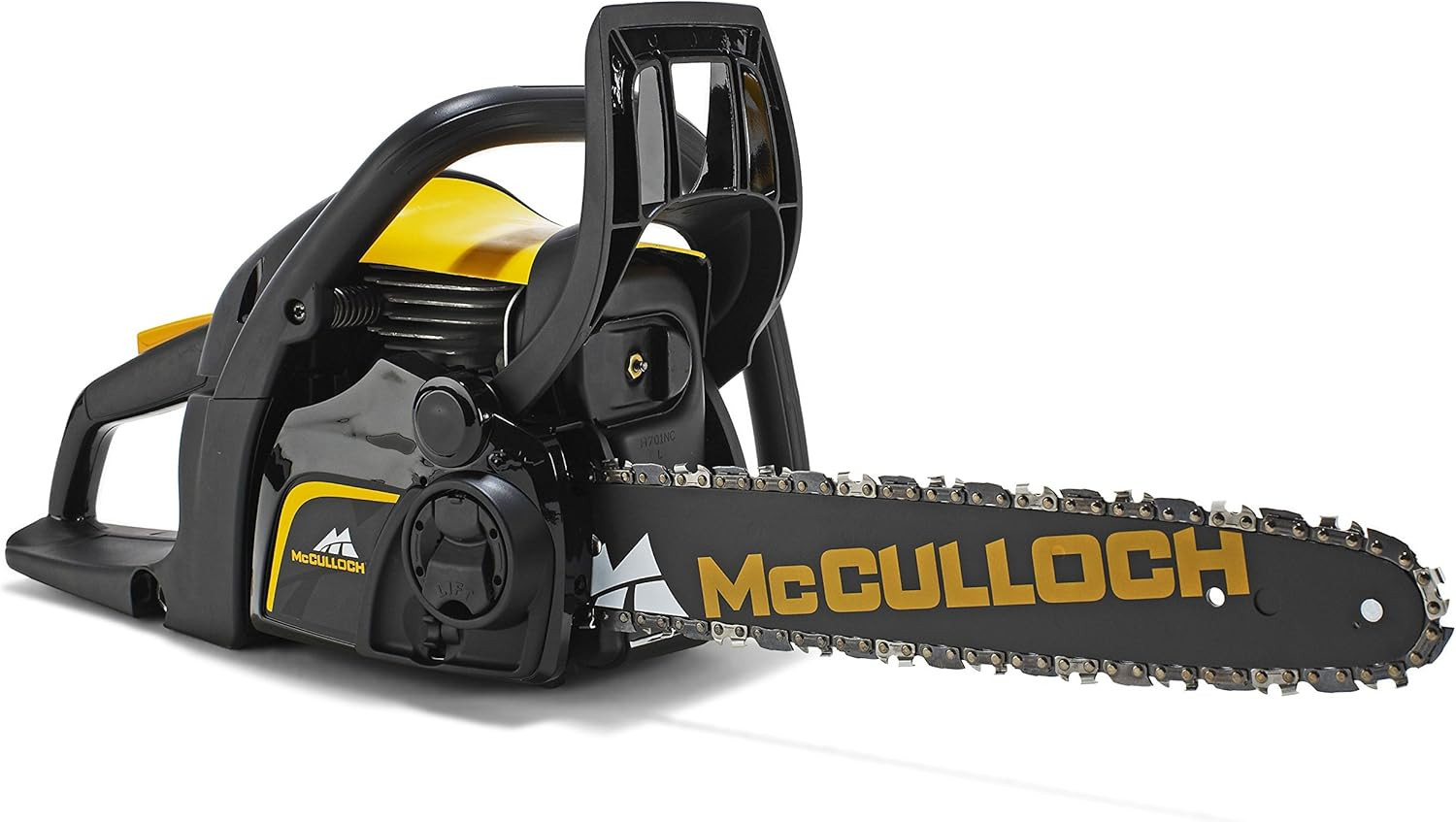
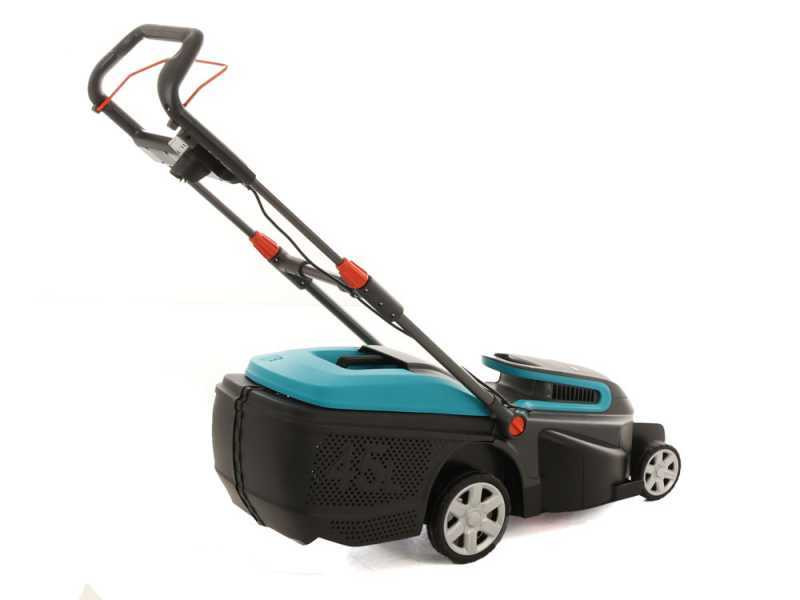



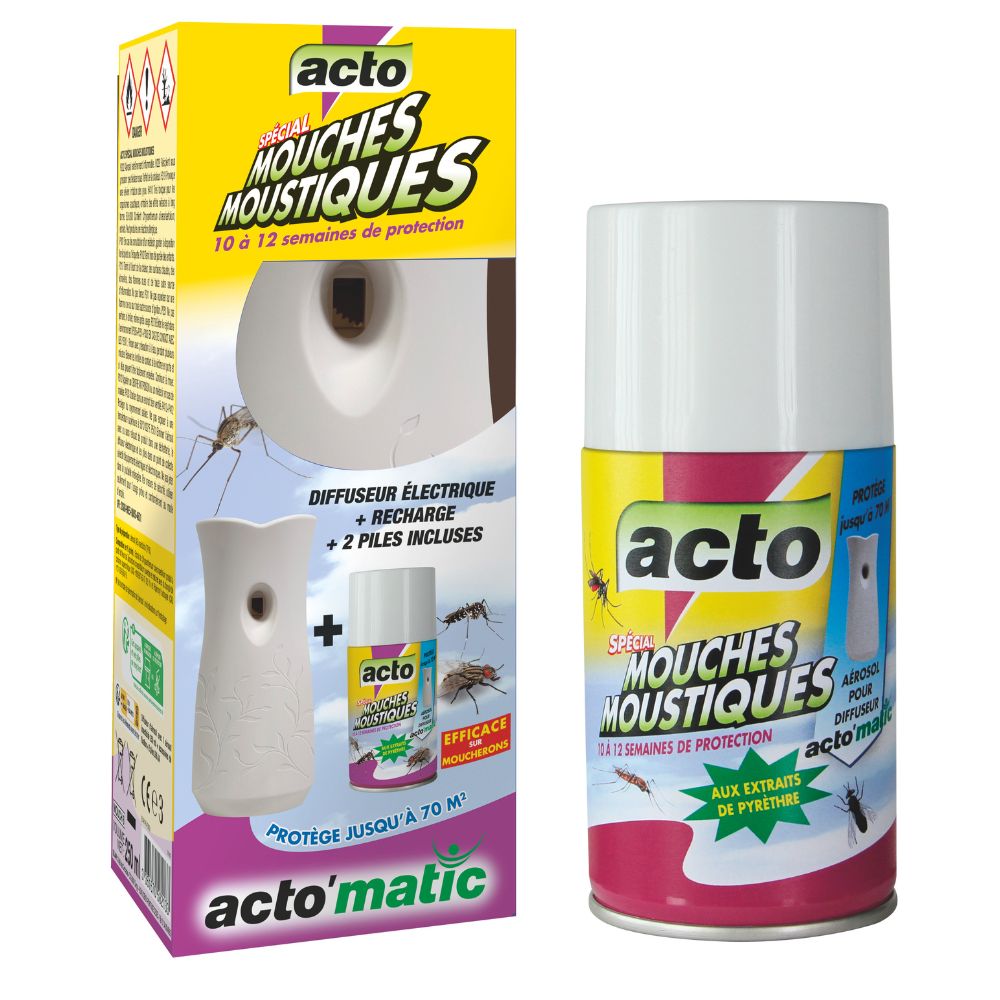
_688cc30f83e4e.jpg)


